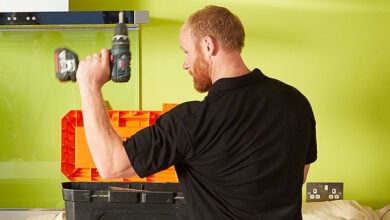Everything you need to know about electrical installation condition reports (EICR)
According to our 2023 Trends Report, last year electrical installation condition reports (EICR) saw a 404% increase in demand, with lots of homeowners around the UK hiring electricians to ensure that their electrics are safe. Previously known as ‘fixed wire testing’, EICRs are a crucial way to prevent electric shocks and fires from breaking out.
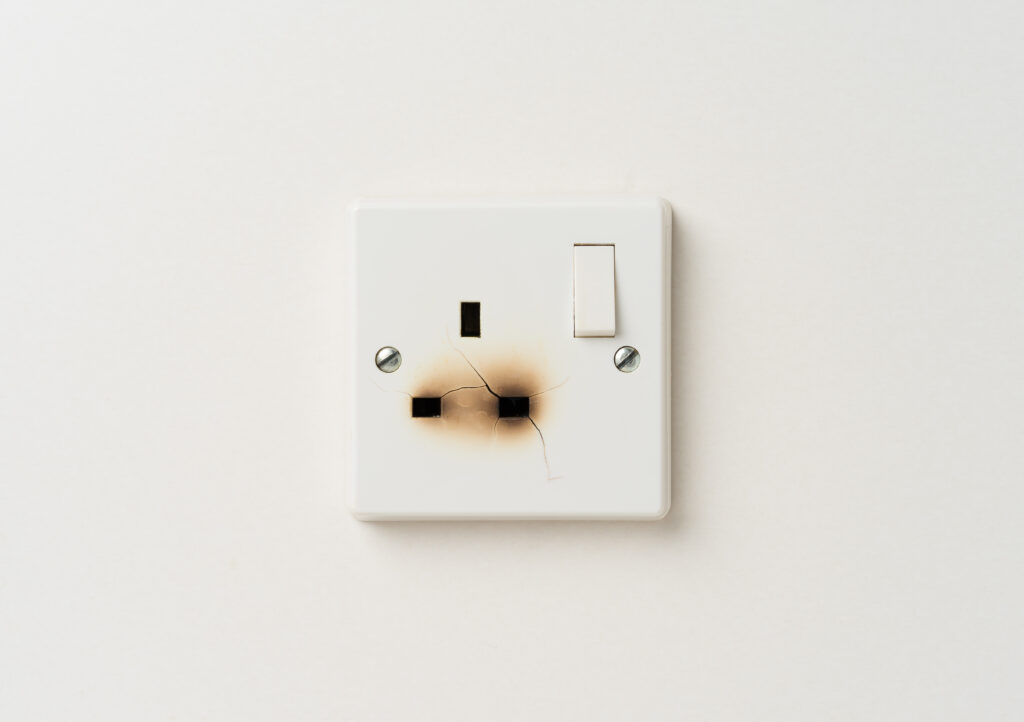
What is an electrical installation condition report?
An electrical installation condition report (EICR) is a formal document confirming that a qualified electrician or contractor carried out an electrical assessment on your property.
EICRs are carried out to ensure your home’s electrics are meeting current wiring regulations and standards. They also highlight any problems in your electrical installation (such as damaged wiring, broken sockets, problems with your fuse board or faulty earthing or bonding), all of which could result in a fire breaking out. This will tell you what work needs doing in order to make sure your home meets safety standards.
Does an electrician have to be registered to do an EICR?
Though you don’t legally have to, it’s recommended that you hire an electrician who is a member of a competent person scheme. For full peace of mind, look for accreditations like the ECA, the Electrical Safety Register and the NICEIC.
An EICR specialist will come with the right testing equipment in order to carry out the inspection. They will then give you a formal report detailing the condition of your electrics, including any defects and recommendations for work you should get done. Your report will also state whether or not your installation meets the current standards for electrical safety.
Need an EICR? Request a quote today to get started.
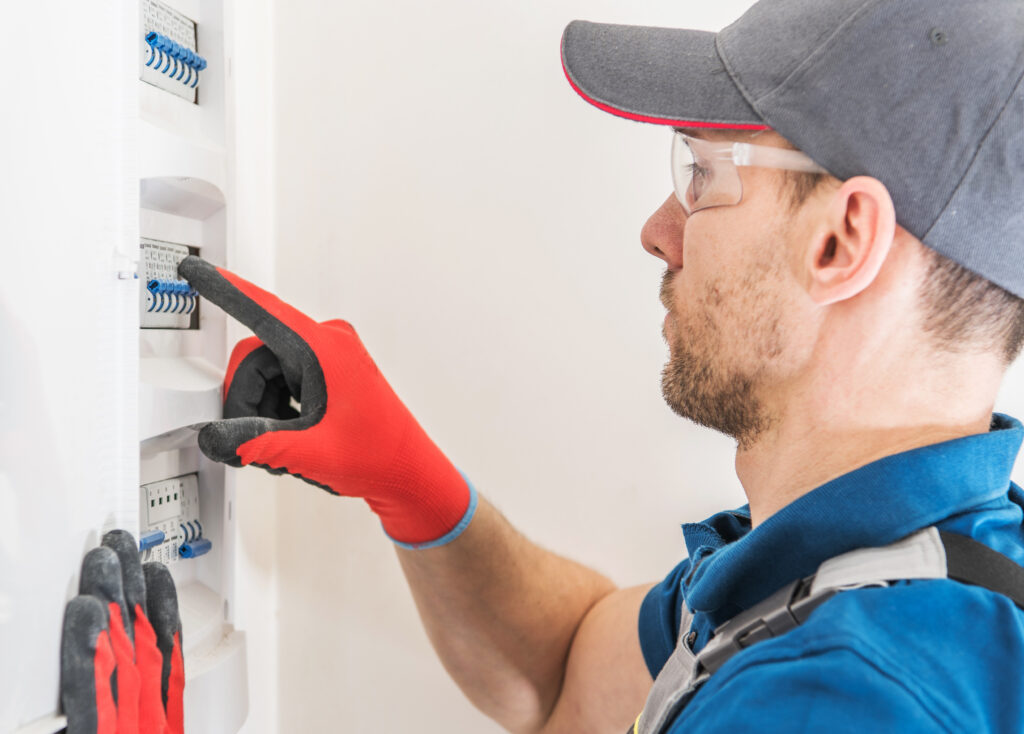
Is an EICR a legal requirement?
Homeowners don’t legally need to have EICRs but it’s generally recommended that you get one done every 10 years to ensure your electrics are up-to-date and safe. They’re also recommended after every change of occupancy.
EICR’s are also very helpful in identifying problems before they become serious. This means they can help prevent costly repairs in the long run.
Do I need an EICR certificate as a landlord?
Yes, landlords do need to ensure their rental properties are free from electrical hazards. This means that legally, landlords need to get an EICR at least every 5 years, or on change of tenancy. For more information on ensuring your property meets electrical safety standards, read the government’s guide for landlords.
Failure to comply with these conditions can result in fines of up to £30,000. In serious cases, it can even lead to imprisonment.
How long does an electrical installation condition report last?
If you rent a property, your landlord legally needs to get an EICR completed every five years. For domestic properties, the recommended timeframe for EICRs is ten years. However, this can vary according to the type of property you have and your electrical system. A periodic inspection will ensure any problems with your sockets or wiring are caught early.
Your EICR is valid from the day the report is made and approved. After the inspection is completed, your electrician will tell you when you should get your next inspection done.
Time to check your electrics? Speak to a skilled electrician to book an inspection.
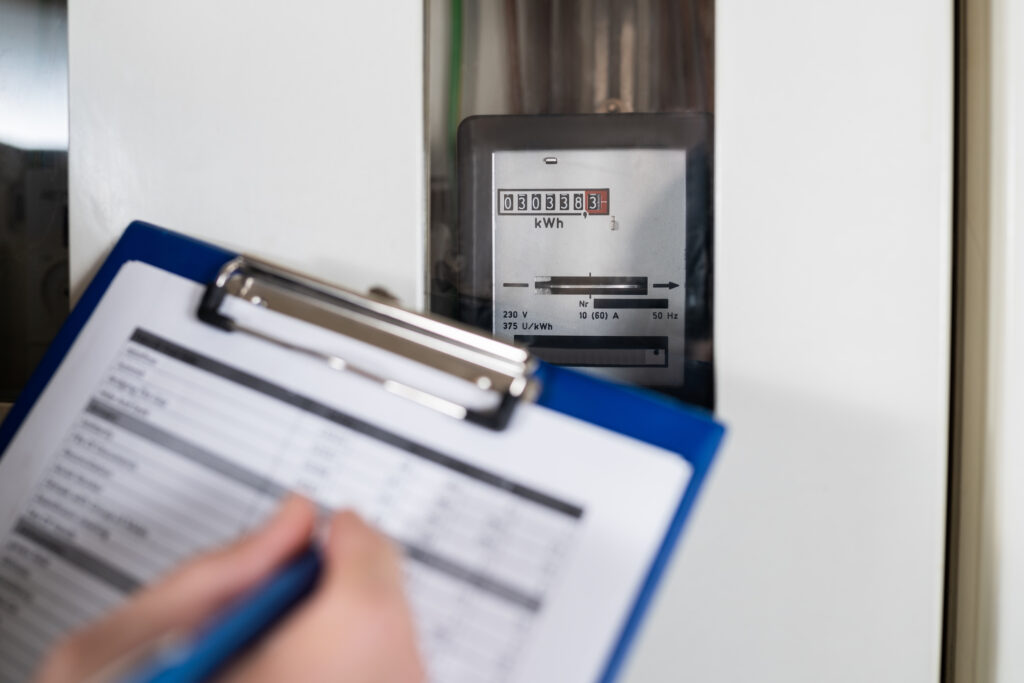
What happens if I don’t have an EICR?
For commercial and rental buildings, EICRs are required by law every five years. However, this isn’t the case for homeowners. It’s still highly recommended that you get one done every decade or so, or on change of occupancy, as neglecting to get an electrical inspection done could put you and your loved ones at risk of electrical hazards.
In some cases, it can also affect your insurance coverage, as many insurance companies request evidence of regular electrical safety checks.
How much does an electrical installation condition report cost?
How much you’ll spend on your EICR will depend on a few factors, including the size of your home, how complex your electrical installation is, where in the UK you live and the type of property you have.
On average, you can expect to pay anywhere from £100 to £350, though costs rise for larger homes and for commercial properties.
If your report indicates defects in your electrics, you will then have to factor in the cost of fixing these as well. This can range from small repairs to a full rewiring of your property.
To avoid any defects from escalating into costly repairs, request a quote today to book an EICR.
What is the difference between an EICR and a EPC?
Energy Performance Certificates (EPC) covers the energy performance and efficiency of your home, and is carried out by an accredited assessor. This person will inspect your home’s energy usage, insulation, heating and lighting systems, as well as anything else that impacts on energy efficiency. An EPC report will then provide you with an energy rating, with an A rating being the most efficient and a G rating being the least efficient.
Unlike EICRs, EPCs are a legal requirement for most properties when they’re sold, rented or built.
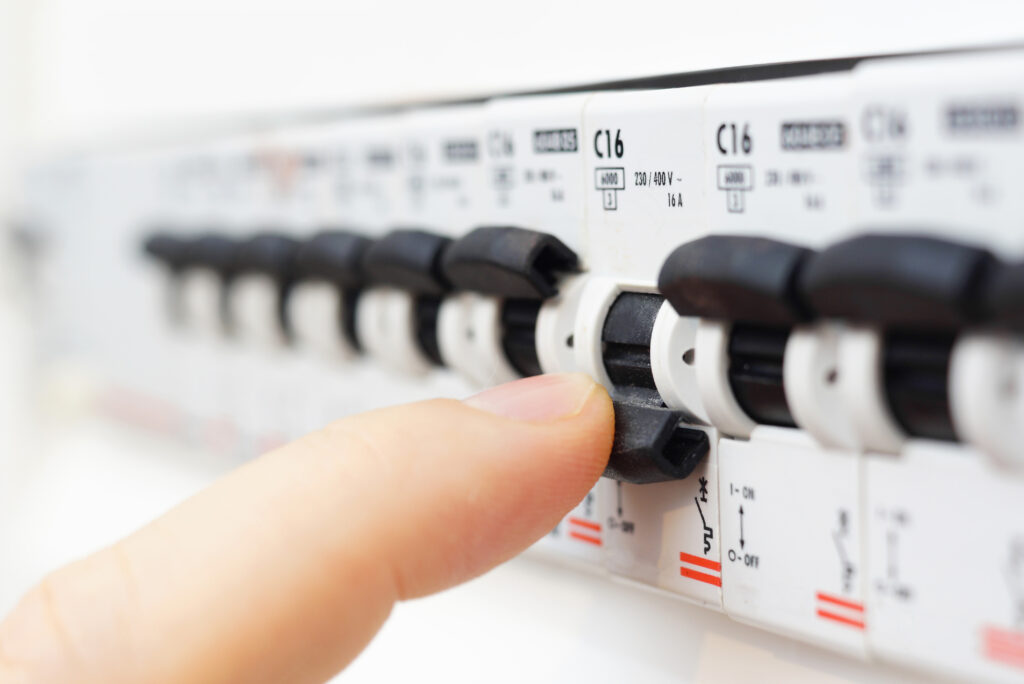
Do I need an electrical installation condition report to sell my house?
There is no legal requirement to have an EICR in order to sell your property. However, a potential buyer may request that you get one as part of the conditions of the sale. This means that already having one can speed up the process by giving potential buyers more confidence in the condition of their new home’s electrics.
Ready to hire a skilled electrician to inspect your home’s electrics? Post a job today to get started.



